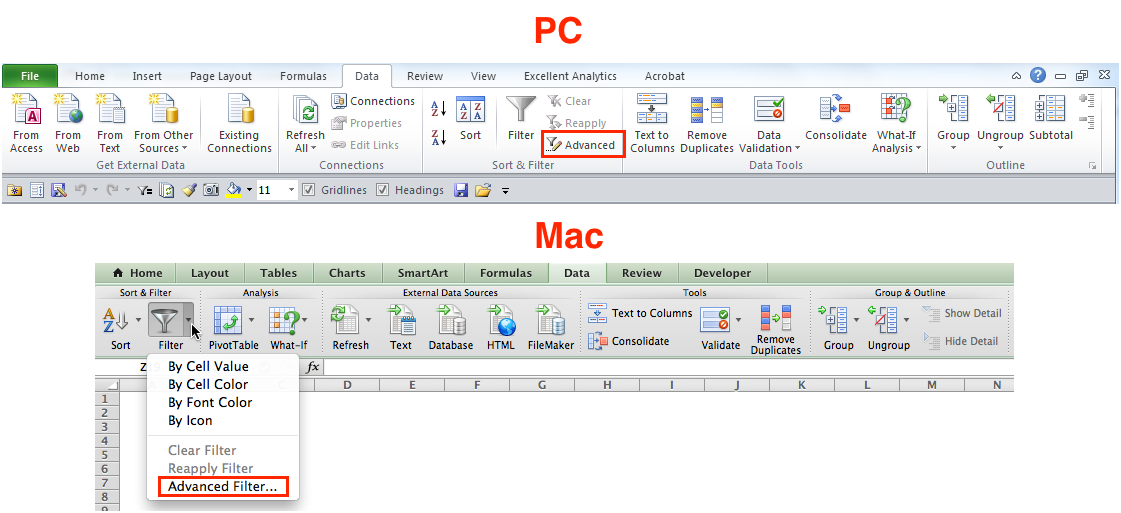

NOTE: If you're using Excel 2016, use CONCAT function. To do that, you need to use CONCATENATE function which will allow you to join the columns together. In this table, you can create a PivotTable with combined Ship_city and Ship_state text values. An example, you may wish to combine names field with address field to form a single column or combine some texts with a formula driven value. When creating Pivot table you may want to combine data from two or more columns to form a single column. But for larger, more complex datasets, it makes your job a whole lot easier.Concatenate is an excel function that allows you to join two or more strings together. For a small amount of data, this might be overkill. And how they save time by finding the exact information you need with little effort. You should now have a good idea of how powerful Pivot Tables are. I added an extra field for overtime to further analyze the information provided. Immediately I can see who worked the most. To do that, I use Department to Filter down the list and add the other Tables to the Rows, such as the Employee Name and the number of hours worked.Ĭlick on the Department filter and click Sales, and then OK. In this particular scenario, I want to know how many hours are worked by employees in Sales. You will notice a new sheet appears with suggestions about what you can do. In this case, I’ll insert it into a new sheet. You can choose to add the Pivot Table to an existing worksheet or a new one. Since I’m working with the data source from within the worksheet itself, I’ll leave the default. Again, select the data source or the range where the data is stored in the workbook and select Insert > PivotTable.Ī Create PivotTable dialog appears with multiple options. If you want more control over how your pivot table is designed, you can do it yourself using the standard Pivot Table tool.

So an employee by the name of Philip worked the most hours in January. Let’s select the highest, which is 205, click OK. When I click in the filter box, I can see the lowest and the highest. After doing that, you will notice a new field added to the sheet called Hours Worked in January. For the following example, I will add the Hours Worked in January to the Filters area and add the employee name to the Row area. As you can see, the Pivot Table task pane appears on the right displaying additional tools I can use to sort and filter. To make it more interesting, let’s dig in further and find out which employee is working the most. A scenario like this would be great to see who might be working the hardest, working overtime, and from which department within a company. Click OK.Īs you can see in the table below, I can get an idea of how many persons worked a certain amount of hours in January. Yours will vary depending on the type of data you are sorting. In the following example, I’ll go with the Count of Employee Name by Hours Worked in January. When the Choose Data Source dialog appears, click OK.Ī gallery of recommended PivotTable styles will appear that provides suggestions for how you might want to analyze the selected data. To create one, highlight the data source (the range of cells in the workbook that contains the data you want to analyze.) Then select the Insert tab and then Recommended PivotTables. You might not get the information you need depending on your data set, but it can be handy for quick analysis. Introduced in Excel 2013, a Recommended Pivot Table is a predesigned summary of your data that Excel recommends for you. You can use Excel to create a Recommended Pivot Table or create one manually. It’s ideal for calculating and summarizing information that you can use to break down large tables into just the right amount of information you need.

A pivot table is a fancy name for sorting information.


 0 kommentar(er)
0 kommentar(er)
